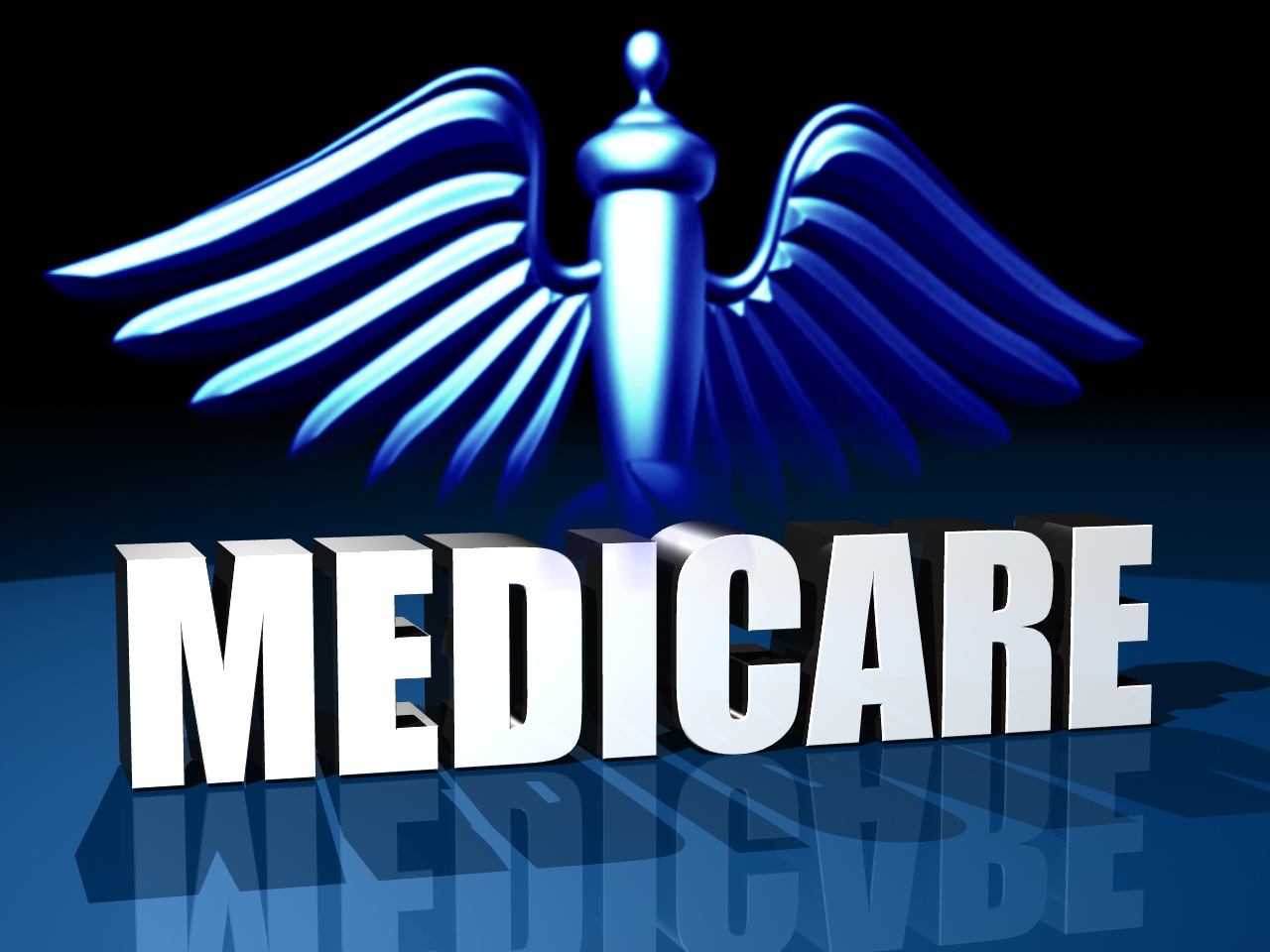Medicare – Insurance for Retirement #2
We reviewed Medicare Part A and Part B, in the first article in this series. Now it is time to explore Medicare Part C and Part D. If you need a refresher on Part A and Part B, that article can be viewed on our website: http://www.mmwealth.com/medicare-insurance-for-retirement-1/
Part C is also known as Medicare Advantage Plans. Unlike Parts A and B, Part C is optional (Part B is technically optional, but usually it is highly recommended). Before signing up for Part C, you must sign up for Part A and B. Many times, Part C covers the same things covered by Part A and B, however it also covers additional items of insurance including vision, prescriptions, and dental.
Part C is supplemental insurance to Medicare Part A and B, but it should not be confused with Medicare Supplement Plan or “Medigap”. We will cover Medigap policies in part 3 of this article series.
The cost of Medicare Advantage Plans, or Medicare Part C, can vary greatly because the premium increases as supplemental items are added to the coverage. The average monthly premium is approximately $34.00. Premiums can be as low as $0, but remember, nothing is truly free because there are co-pays and deductibles. The cost of premiums also varies based on geography. Be aware that a New York policy may not be usable in Florida.
Medicare Advantage insurance is purchased through a private insurance company, which is why comparative shopping every year is important. Sticking with the same coverage year after year may end up being a costly mistake because premiums can increase, coverage may change, and your health needs may be different over time. It is a best practice to make sure your current Part C coverage is still the best solution for you when enrollment begins on October 15th. The best policy does not necessarily mean the cheapest premiums, deductibles and co-pays. It is important to make sure the policy works well with the preferred doctors in your area.
Medicare Part A and B offer a 7-month enrollment window however, Medicare Advantage offers individuals two months to sign up after a special enrollment event (i.e. retirement). If the enrollment window is missed, the next opportunity will be open enrollment which begins on October 15th. One key fact to remember: a person cannot be disqualified based on preexisting conditions.
The government rates Medicare Advantage (Part C) and Prescription Drug (Part D) plans using a scale of one to five stars. Individuals that are eligible can enroll in a five-star plan anytime throughout the year. This is a convenient option for those that want or need to obtain coverage before October 15th or after December 7th.
Medicare Part D
Medicare Part D is also known as the Medicare prescription drug benefit. It is an optional plan for those that have signed up for Medicare Part A and B only, or those who have Part A, B and Medigap. Individuals that have Medicare Part C coverage may not need Part D because prescriptions are usually covered by Part C.
There is a late-enrollment penalty for those that do not enroll for Part D when they were first eligible and do not have creditable prescription coverage from a source such as an employer or Medicare Part C. The late enrollment penalty is 1% of the national base beneficiary premium ($35.02 in 2018) multiplied by the number of months the person could have had Part D but did not. For example, waiting 12 months after you retire and not signing up for another credible prescription drug coverage means that your Part D premiums will be $3.50 more per month for the rest of your life. It is not a considerable amount, but it is an easy expense to avoid by being aware of the enrollment guidelines.
Part D standalone must cover at least two drugs per drug category, but each plan can choose which specific drugs they cover. It is the individual’s responsibility to shop for the Part D plan that will best cover the prescription drugs they need. Individuals should not purchase a Part D plan thinking it covers all prescription drugs, because it will not.
Just like with Part C, Medicare Part D is purchased with a private insurer, which means comparative shopping each year is a good idea for those that have a standalone Part D plan. The main reason for this is because the prescription drugs covered by the plan may change. Those that are enrolled in Part D will receive a packet of information in September that details the changes to the current plan.
The average monthly premium in 2018 for Part D is $43.00 per month. Part D’s premium is not the major expense of this insurance, it is, in fact, the co-pay. The copays for different Part D policies vary greatly and therefore it is important to look at the co-pays of the drugs that you may take to understand what your total out-of-pocket expenses will be (Premiums + Copays).
In the next and final article in this series, we will look at Medigap also known as Medicare Supplemental Policy.
| Check the other artciles | |
| More options in your 401k than you think | |
| New job new retirement options and opportunities | |
| Plan for the worst | |
| Planning enjoy the wins prepare for the losses | Realtivestrength |
